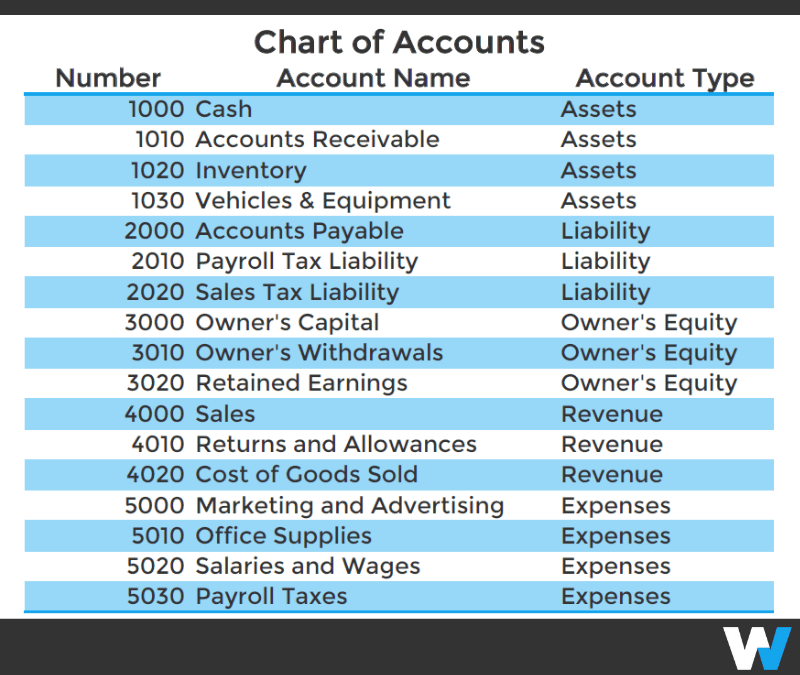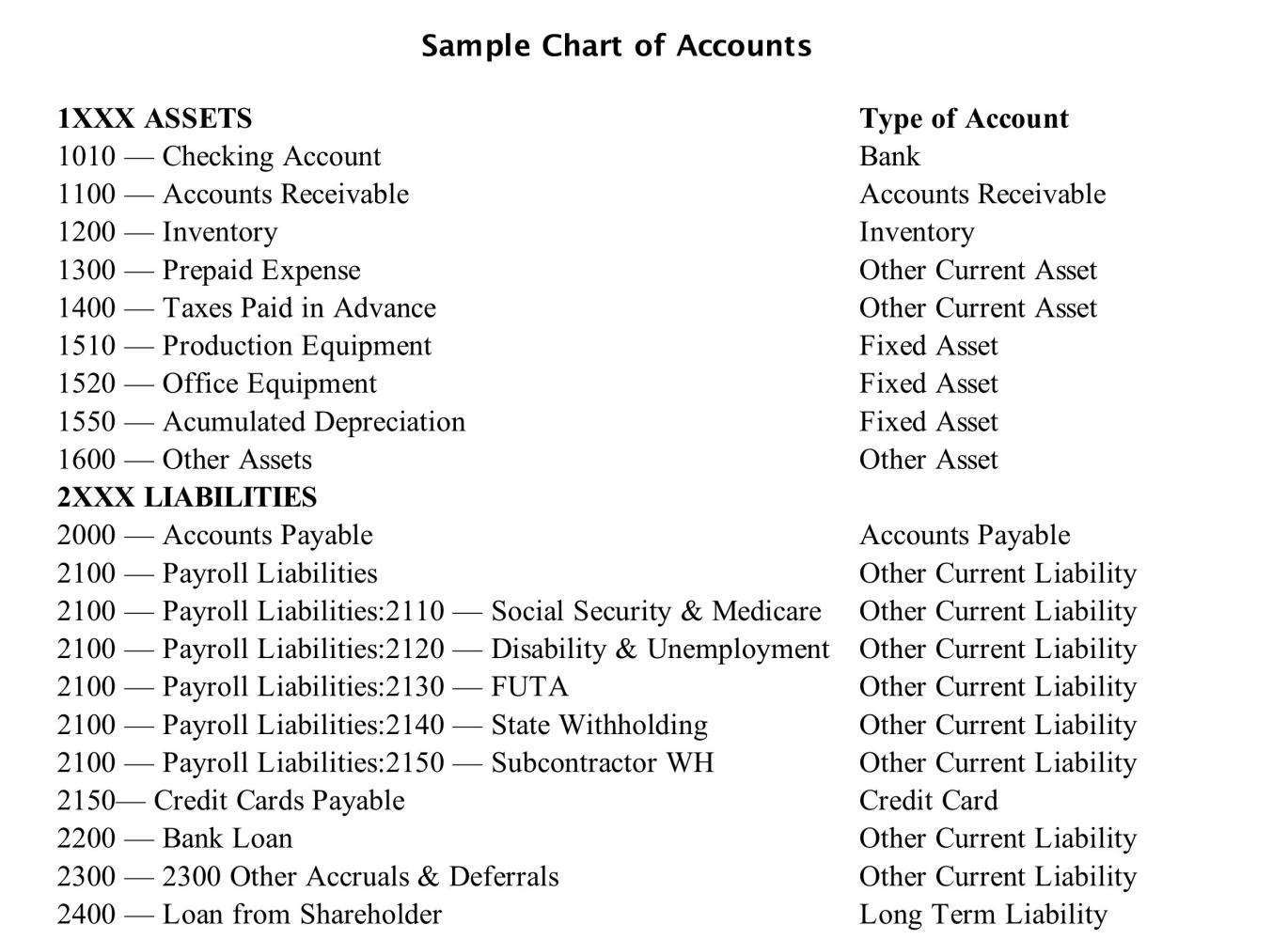
Current assets, or short-term assets, include cash and other resources that are expected to be liquidated or turned into cash within one year or one operating cycle, whichever is longer. Examples of current assets are cash, marketable securities, inventory, and accounts receivable, all of which play a critical role in managing the day-to-day financial operations of a business. The exact layout of the accounting chart of accounts is a matter of choice depending on the exact reporting requirements of the business. The important point to remember is not to over complicate the chart of accounts.
Equity Accounts:
Integration allows for a smooth flow of information between different modules or components of an accounting system. When a transaction occurs, it automatically reflects in the corresponding COA account, eliminating the need for manual input and reducing the risk of discrepancies. Provide comprehensive training to personnel involved in utilizing the COA. Ensure that users understand the COA’s structure, purpose, and how to correctly categorize transactions. Ongoing education about updates or changes to the COA is essential for maintaining accuracy.
Can a chart of accounts be customized to fit specific business needs?
- An expense account named Professional fees can be added to monitor costs for hiring professionals.
- In her spare time, Kristen enjoys camping, hiking, and road tripping with her husband and two children.
- Charts of accounts are an index, or list, of the various financial accounts that can be found in your company’s general ledger.
- With real-time reporting capabilities, AP automation solutions provide immediate access to financial data, facilitating quick and informed decision-making.
Other Comprehensive Income includes gains and losses that have not yet been realized but are included in shareholders’ equity. Separating Other Comprehensive Income allows businesses to track changes in the value of certain assets or liabilities over time. The chart of accounts (COA) is a list of accounts a company uses to record its financial transactions. More complex entities may have longer account codes to accommodate the reporting needs of the entity. For example, a company might use prefix numbers for specific accounts, such as cash.
Create sub-accounts

Expenses are the means a company spends to generate revenue and operate its business. They can be the money spent on resources and activities necessary to keep the business running smoothly. The revenue accounts appear based on the source of where the income comes from.
Chart of Accounts: A Comprehensive Guide with Real-World Examples
Accounts payable (AP) automation software plays a significant role in enhancing the management and optimization of a chart of accounts. It automates routine accounting tasks, reducing the likelihood of manual errors and saving time. This automation extends to the categorization of transactions, which boosts data accuracy and ensures financial records are consistently reliable. In this sample chart of accounts template the sub-group column divides each group into the categories shown in the listings below.
Basic Structure of Chart of Accounts
It encompasses all financial activities within an organization, with each account representing a distinct category – such as revenue, expense, or asset. Although the structure of a COA may vary to accommodate a business’s size, industry, and specific needs, its primary goal is to offer a clear and comprehensive view of the organization’s financial health. We often call the assets, liabiliies and equity accounts the balance sheet accounts, as they participate in forming a company’s balance sheet.
Revenue and expense accounts are listed next and make up the income statement, which provides insight into a business’s profitability over time. There are five main account type categories that all transactions can fall into on a standard COA. These are asset accounts, liability accounts, equity accounts, revenue accounts, and expense accounts.
Understanding these account types is key to effectively organizing your financial data. Keeping an updated COA on hand will provide a good overview of your business’s financial health in a sharable format you can send to potential investors and shareholders. It also helps your accounting team keep track of financial statements, monitor business financial performance, and see where the money comes from and goes, making it an important piece for financial reporting. If you’ve worked on a general ledger how payroll outsourcing works before, you’ll notice the accounts for the ledger are the same as the ones found in a chart of accounts.Keeping your books organized does not need to be a chore. Many small businesses opt to utilize online bookkeeping services, not only for invoicing and expense tracking but also for organizing accounts and ensuring tax season goes smoothly. FreshBooks accounting software is an affordable and reliable option for online bookkeeping services that will help you stay on track and grow your business.
For example the inventory codes run from 400 to 499 so there is plenty of room to incorporate new categories of inventory if needed. The chart of accounts often abbreviated to COA, is the foundation of the double entry bookkeeping system. It is basically a listing of all the accounts found in the general ledger that the business will use to code each bookkeeping transaction. This sample chart of accounts provides an example using some of the most commonly found account names. When choosing accounting software, ensure compatibility with your existing COA structure.
